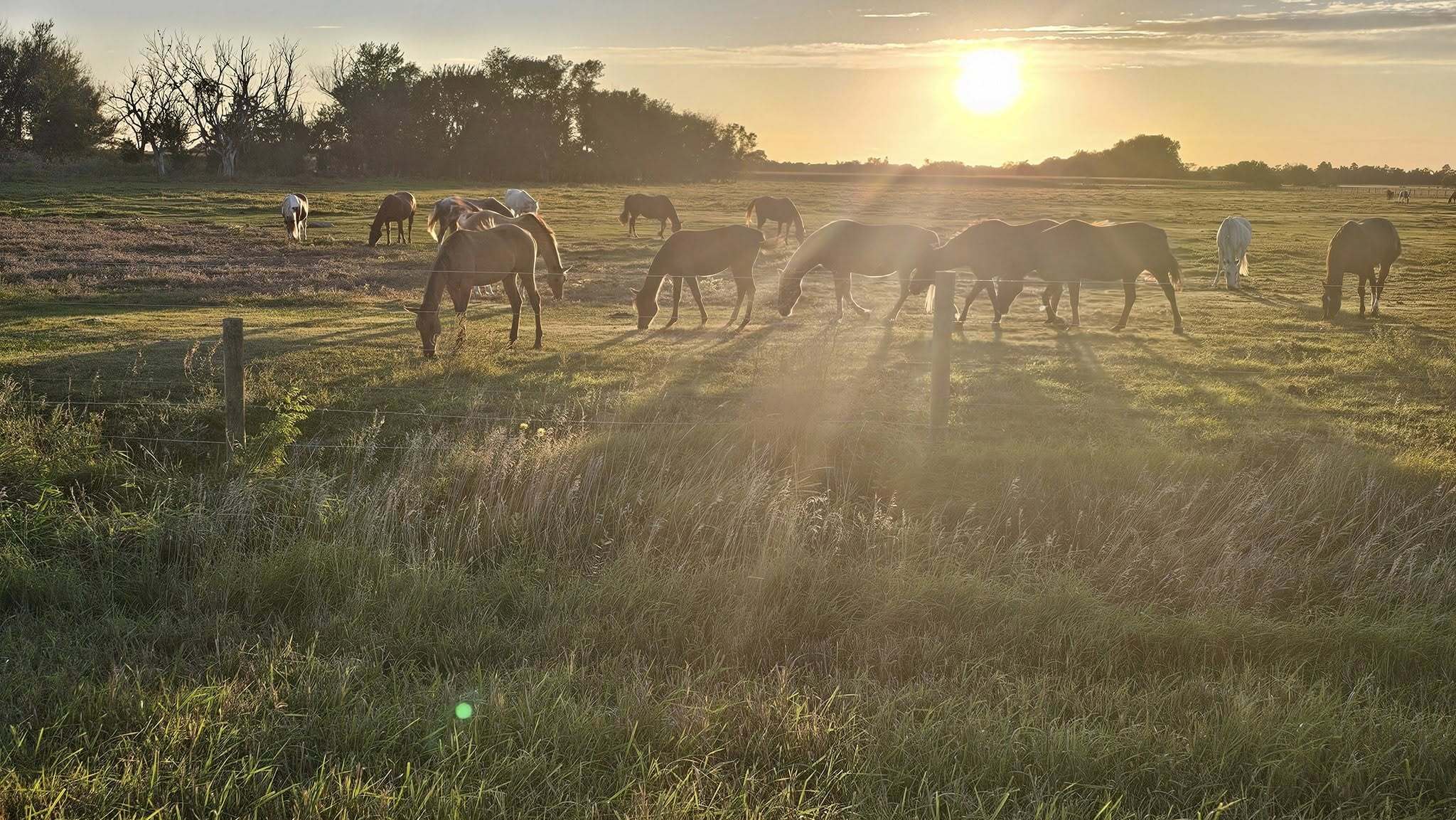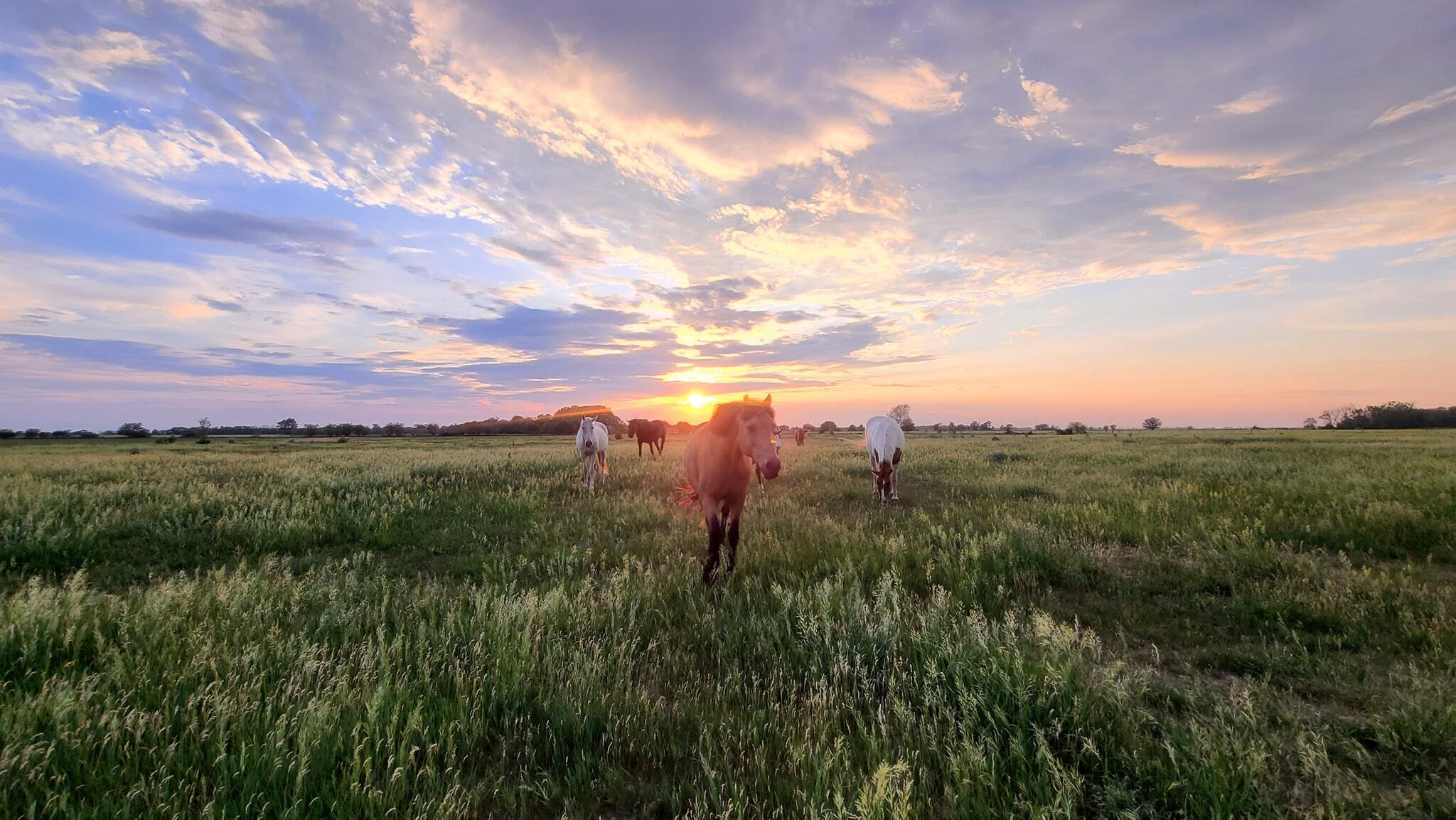There’s a quiet but persistent bias in the animal rescue world that I think needs to be named.
Some organizations champion high-volume adoption models as the gold standard — celebrating turnover rates as proof of success — while quietly dismissing sanctuaries as stagnant, sentimental, or, worse, wasteful.
I think that view is not only wrong, but dangerous.
Because sanctuaries aren’t a failure of rescue — they’re part of what makes rescue humane.
Redefining What “Success” Means
In too many corners of this field, the measure of success has become speed. How fast can we take them in, fix them up, move them out, and make room for the next one?
That urgency has its place — I’ve lived it for years. It saves lives. But it can also breed a culture of disposability. Horses who can’t be easily adopted, who are older or have long-term maintenance needs, are quietly deemed “unplaceable.”
And in some programs, “unplaceable” becomes a death sentence.
We don’t say it out loud, of course. We talk about “quality of life,” about “limited resources,” about “focusing on the adoptable.” But underneath those polite phrases often lies a value judgment: that a horse’s worth is defined by its usefulness.
Sanctuaries reject that notion. They say: a life still has value, even if it no longer fits your model.
Rescue vs. Sanctuary: Both Are Essential
The difference is simple but profound.
Rescues are designed for movement — intake, rehabilitation, and rehoming. They are the emergency rooms and recovery wards of animal welfare, moving horses toward new beginnings.
Sanctuaries, by contrast, are the homes. They provide lifetime care for horses who cannot or should not be rehomed — the elderly, the chronically but manageably lame, the ones who’ve endured too much loss. They rarely adopt out, because their mission is not transition — it’s stability.
Neither model is “better.” Both are essential. Together, they create a continuum of care that honors all horses — not just the young, healthy, or convenient ones.
When “Efficiency” Becomes Cruelty
There’s a line I see crossed too often in modern rescue culture, where efficiency becomes a moral excuse. Horses who could live comfortably for years — given pain management, pasture space, or specialized care — are euthanized because they don’t fit an adoption narrative.
And it’s often justified as “responsible resource use.”
But here’s the truth: being overburdened doesn’t absolve us from empathy. It demands that we build better systems.
Sanctuaries are that system. They absorb the pressure, providing care for horses who might otherwise be killed simply because they take too long, cost too much, or don’t photograph well enough for social media.
They’re not hoarding space — they’re holding space.
The Wall That Holds Us Up
Rescues often see themselves as the front line — and they are. But sanctuaries are the load-bearing wall that keeps the entire structure standing. Without them, the pressure to “make room” becomes unbearable.
When sanctuaries are strong, rescues can breathe. When sanctuaries struggle, the whole ecosystem buckles.
That’s why I’ve stopped pretending this is an “either/or” conversation. We can’t keep praising “saving” while ignoring the quiet heroism of those who keep saving sustainable.
The Strength to Love Until the End
Sanctuaries also carry a responsibility most people — and even many rescuers — can’t bear.
They don’t just love the horses while they’re healthy or easy to care for; they stay through the decline, the medication, the long winters, the hard choices.
They are the ones who face aging and loss head-on, ensuring that when the end comes, it’s met with comfort and dignity — not abandonment or convenience.
That takes an extraordinary kind of love and strength. The kind that doesn’t flinch when compassion gets heavy.
Time Is Not a Waste
A horse who spends years in sanctuary isn’t “taking up space.” They’re teaching us patience, humility, and commitment. They remind us that the goal isn’t just to save lives — it’s to value them.
Sanctuaries give horses the one thing most of them have never had: the luxury of time.
And that’s not inefficiency. That’s mercy.
The Takeaway
If we truly believe that every life has value, then we need to start acting like it. That means celebrating sanctuaries, funding them, learning from them, and recognizing that a peaceful pasture is just as meaningful an outcome as a new adoption photo.
We don’t need fewer sanctuaries.
We need more of them — and we need to stop apologizing for caring enough to create them.



